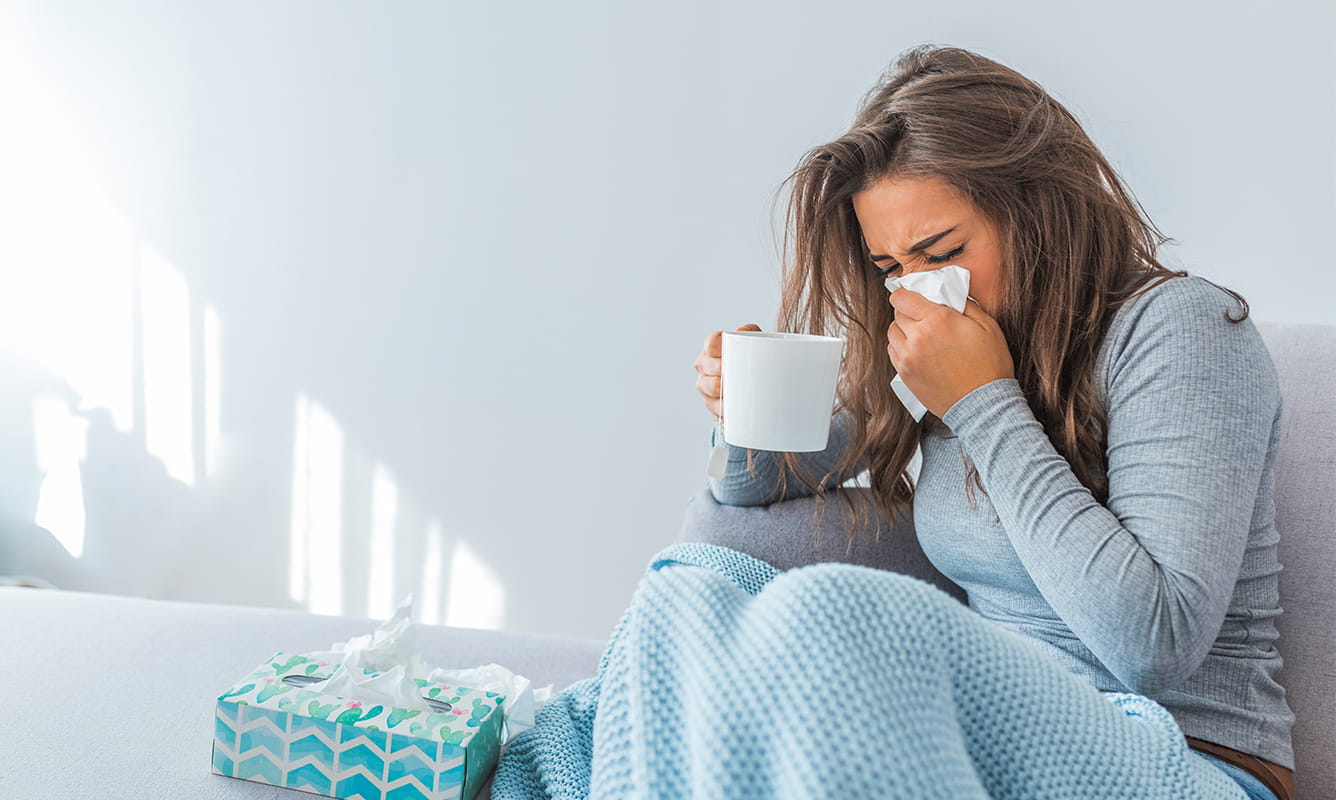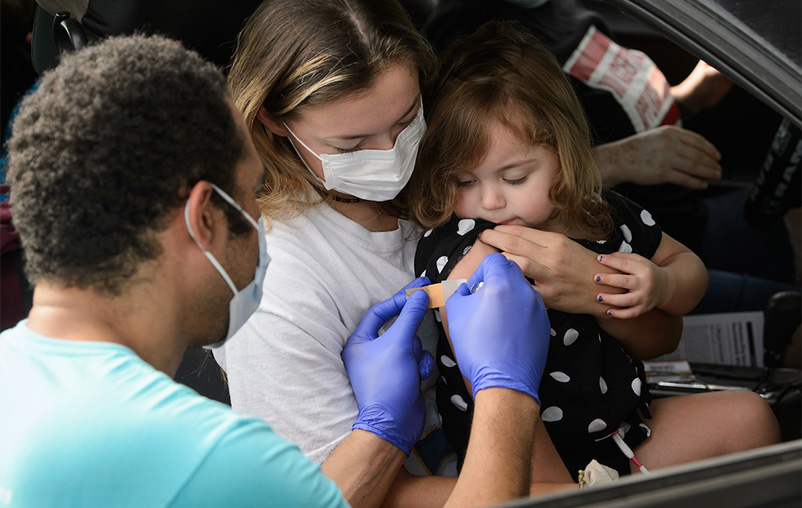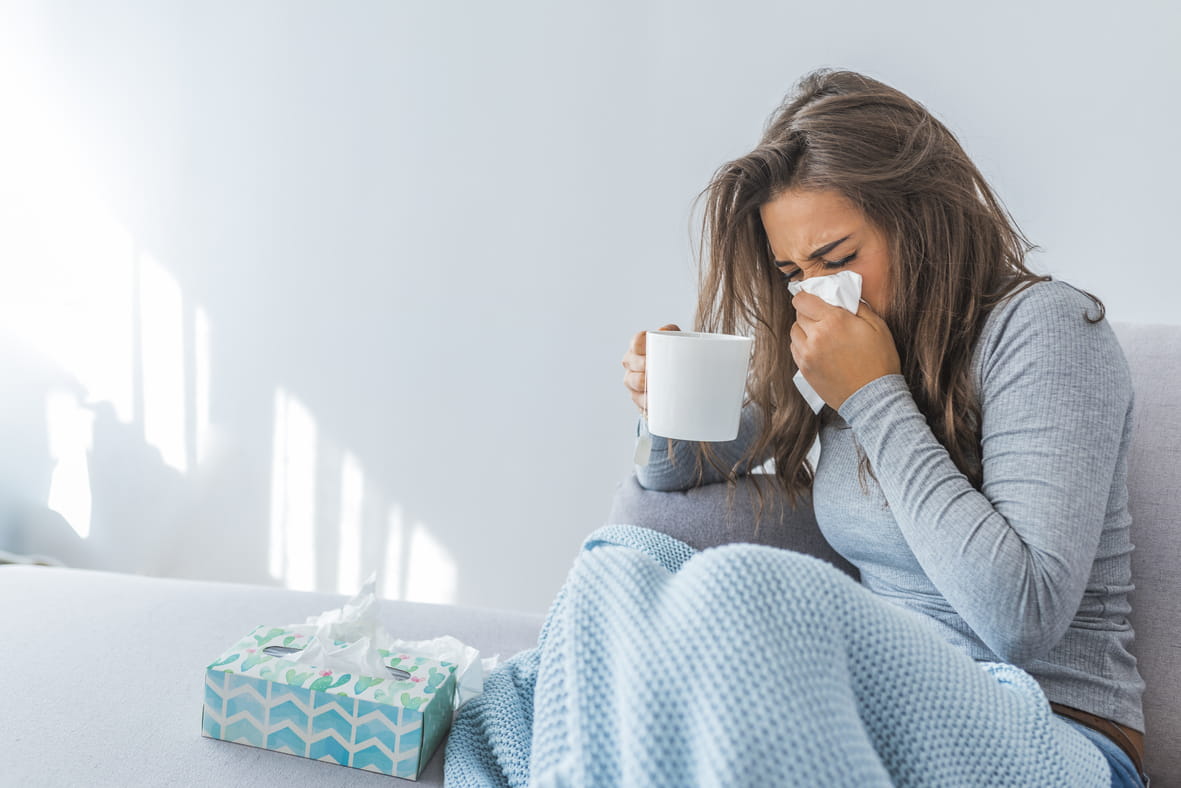Now that we’re counting the pandemic in months instead of days or weeks, a lot of new terminology has worked its way into our vocabularies. Physical distancing, isolation, quarantine and transmission probably aren’t words that you said often last year, but they’ve become a regular part of everyday conversation now. What are the differences, and why should it matter to you?
Isolation vs. Quarantine
The difference between isolation and quarantine depends on your situation:- Quarantine means separating yourself from others because you have been exposed and can potentially spread COVID-19. Quarantine can be discontinued after 14 days if you have not developed symptoms.
- Isolation means you have tested positive and the risk of spreading the virus to others is high. Isolation can be discontinued after your symptoms are gone and 10 days have passed since your last positive test.
Though the terms get used interchangeably, the difference is important and knowing how long to separate yourself from others lowers the chance that you can spread COVID-19. You only truly need to quarantine or isolate when you have been exposed to the coronavirus or have tested positive for COVID-19.
Some ways to quarantine if you have been exposed to COVID-19 include:
- Don’t share things like towels or utensils with anyone, including family members
- Stay at home and don’t venture out unless absolutely necessary
- Don’t have any visitors
- Stay at least six feet away from others
- Wash your hands frequently and practice good hygiene
- Disinfect and clean all surfaces in your house often and well
- Wear a mask whenever possible, including inside your own home if you live with others
Is physical distancing the same as quarantine or isolation?
The short answer is: no. Physical distancing is what most people should be practicing every day until the COVID-19 pandemic is controlled. If you visit the grocery store, go for a run in a park or visit your favorite restaurant for dinner, you are not in isolation or quarantine. But you should practice physical distancing in all of those circumstances, and anytime you are in public for the foreseeable future.
Physical distancing is a change in behaviors that can help stop the spread of infections. Basically, it’s the effort to reduce your rate of contact with other people or the public unless absolutely necessary. Sometimes referred to as “social” distancing, physical distancing is a clearer description of what you need to do to slow the spread of COVID-19: stay at least six feet away from people outside your household whenever possible.
Some examples of physical distancing include:
- Working from home instead of heading into the office
- Visiting loved ones via Skype, FaceTime or other methods instead of in-person
- Holding online classes instead of attending school in person
- Canceling large meetings or conferences
- Canceling or postponing sporting events, concerts and other large events
- Closing or avoiding restaurants, bars and any other non-essential public places
- Staying at least six feet from others when you are in public
Physical distancing is very important for slowing or stopping the spread of infections, especially for those who are at higher risk of catching coronavirus. High-risk people include the elderly and those with compromised immune systems or other underlying health problems. By distancing themselves from the public, these high-risk individuals are able to protect themselves from being exposed to the virus, which can be deadly for them.
Even if you’re not considered at higher-risk of catching coronavirus, it’s still very important to practice physical distancing. By distancing yourself from others, especially those in high-risk categories, you’re doing your part by minimizing the likelihood of spreading the virus to others.
Remember that those with coronavirus can be asymptomatic– showing no symptoms. So, even if you are feeling fine and are not experiencing any of the symptoms of coronavirus, you could still be a carrier of COVID-19 and be a potential threat to others.
Stay the course until this is over
Staying informed and continuing to practice these infection control tactics can slow the rate of a virus. It’s important to do our best to continue flattening the curve. When you practice good physical distancing techniques or self-quarantine, you’re doing your part to help protect the health of the community.
Remember if you’re exposed to COVID-19, it’s important that you quarantine yourself from others for at least two weeks to ensure that you are preventing the spread of the virus. If you’re feeling especially ill and are having severe symptoms of coronavirus, including a high fever, cough or trouble breathing, please call your primary care physician or any urgent care facility.
University Health is dedicated to providing the best, most comprehensive care for patients in South Texas and beyond. For more information about coronavirus, visit Coronavirus COVID19.




